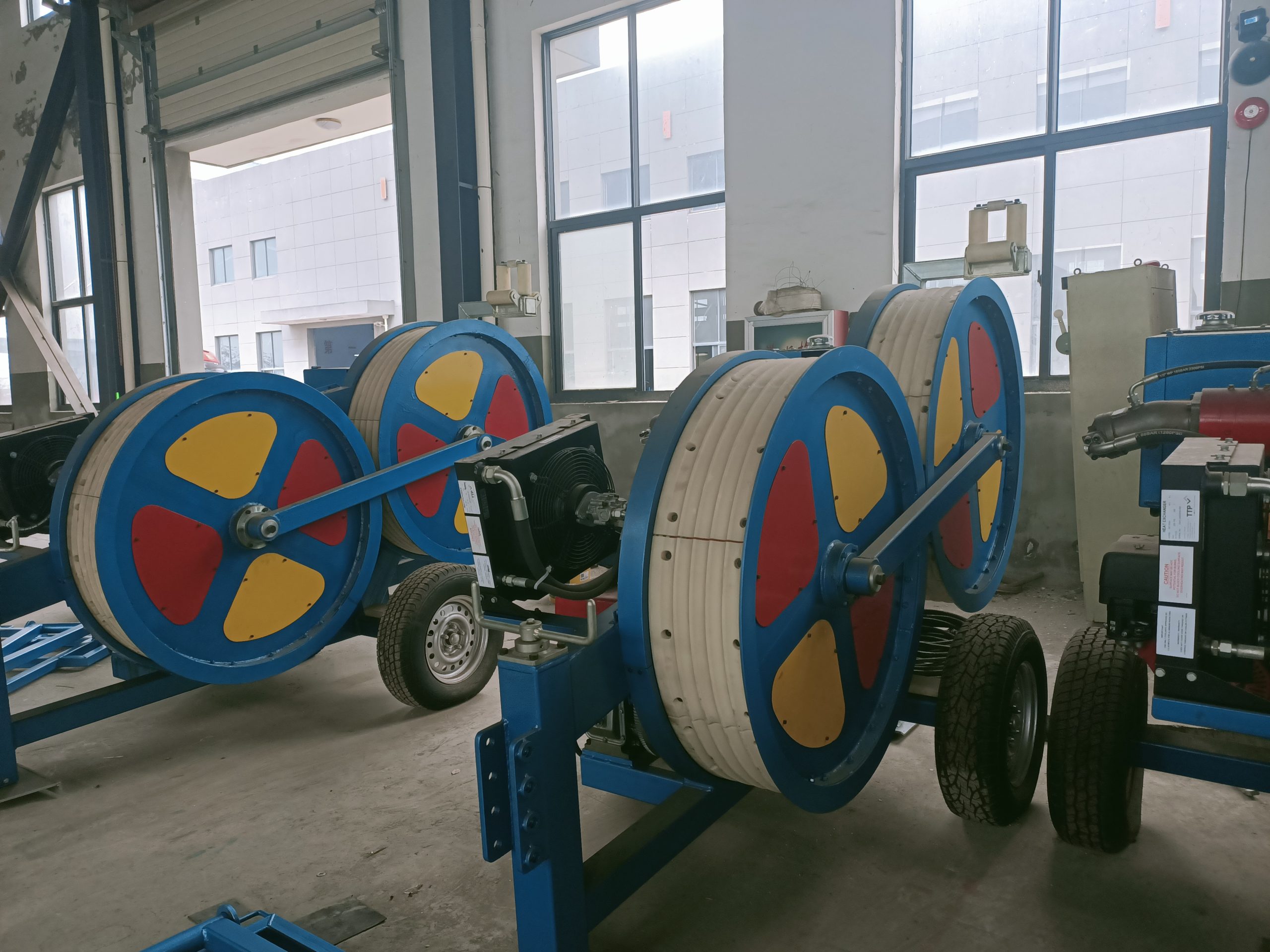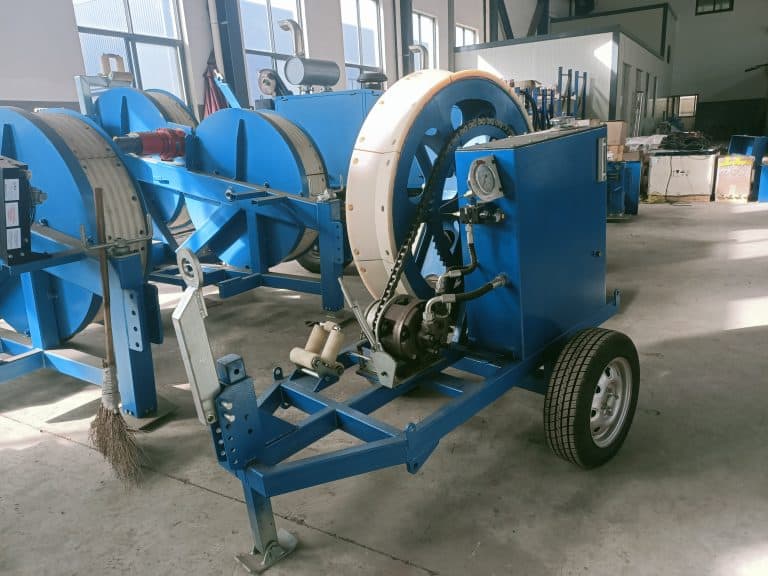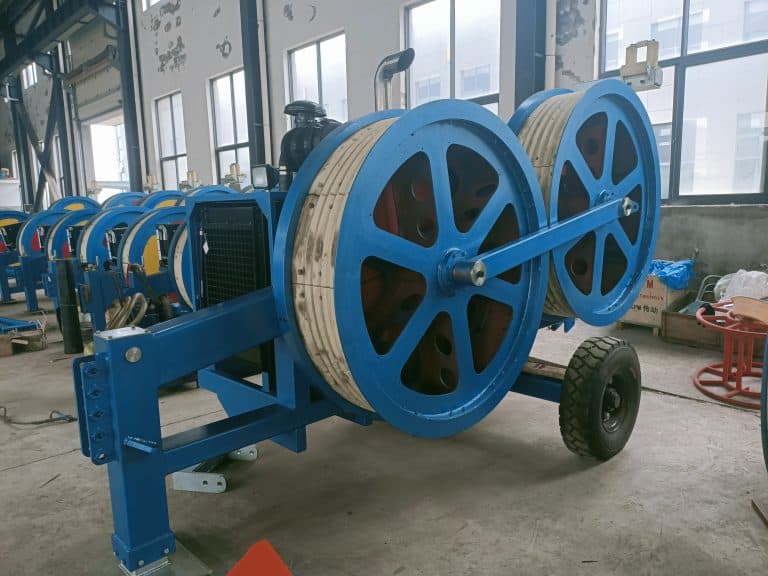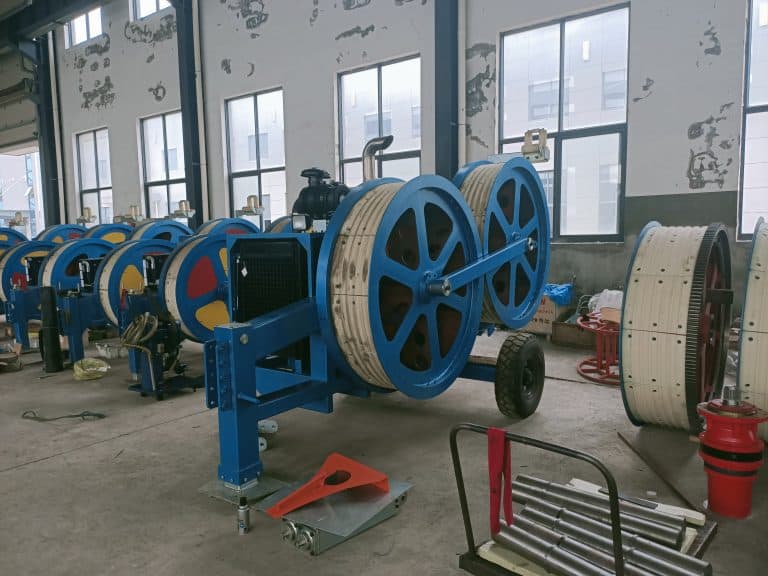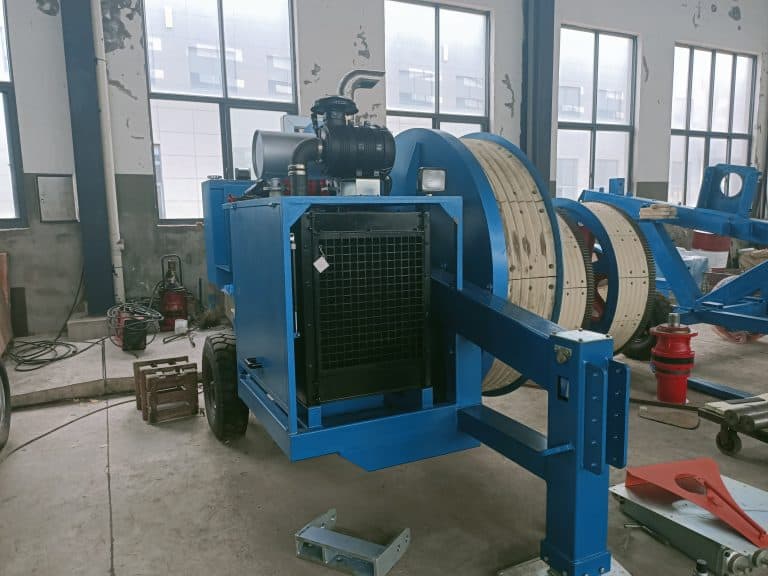Taking to the Skies: Exploring Wire Stringing Equipment for Helicopter-Based Powerline Installation
The installation and maintenance of powerlines across vast distances and challenging terrains present numerous logistical…
The installation and maintenance of powerlines across vast distances and challenging terrains present numerous logistical and technical challenges. One innovative solution that has revolutionized the powerline industry is the use of helicopters to facilitate the stringing of conductors. In this blog, we will explore wire stringing equipment for helicopter-based powerline installation, highlighting the benefits of this approach and the unique equipment required for these aerial operations.
Helicopter-based wire stringing involves the use of specialized equipment that enables efficient and safe installation of powerlines in remote or difficult-to-access locations. The primary components of wire stringing equipment for helicopter operations include:
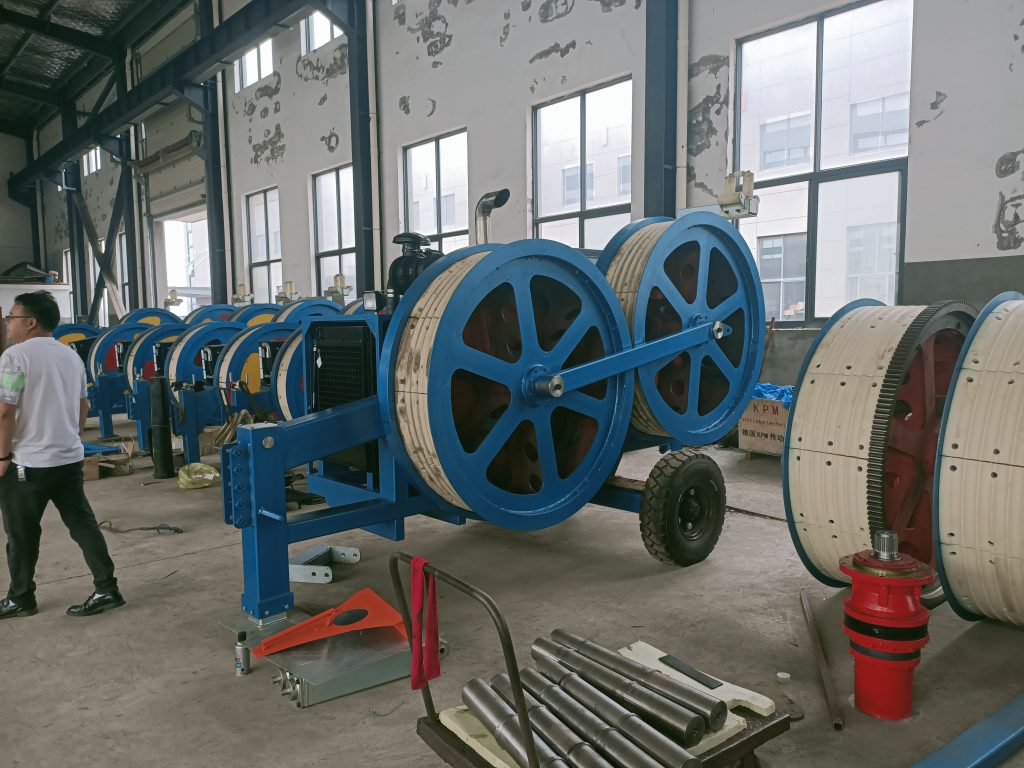
- Aerial Cable Rigs: These are devices that are suspended below the helicopter, providing a stable platform for the wire stringing equipment. The rig is designed to maintain a consistent tension on the conductor, ensuring smooth and precise placement.
- Conductor Blocks: These are specialized pulleys that guide the conductor during the stringing process. They are designed to minimize friction and prevent damage to the conductor during installation.
- Spacer Trolleys: These devices are used to install spacers between conductors, maintaining a consistent separation distance and preventing contact between adjacent conductors.
- Tensioners and Pullers: These essential components control the tension and speed of the conductor during installation, ensuring a safe and efficient process.
There are several advantages to using helicopter-based wire stringing equipment for powerline installation. Some of the key benefits include:
- Speed and Efficiency: Helicopter-based wire stringing significantly reduces the time required to install powerlines compared to traditional ground-based methods. This increased efficiency translates to reduced labor costs and minimized disruptions to local communities.
- Access to Remote Locations: The use of helicopters enables powerline installation in remote or difficult-to-access areas, such as mountainous terrain or heavily forested regions. This capability expands the reach of power infrastructure to previously inaccessible locations.
- Reduced Environmental Impact: Helicopter-based wire stringing reduces the need for extensive ground-based infrastructure, such as access roads and staging areas. This minimizes the overall environmental impact of powerline installation projects.
- Enhanced Safety: The use of helicopters and specialized wire stringing equipment reduces the risks associated with ground-based powerline installation, such as falls from height or accidents involving heavy machinery.
In conclusion, helicopter-based wire stringing equipment has revolutionized the powerline industry by providing a faster, safer, and more environmentally friendly solution for powerline installation in challenging terrains. This innovative approach relies on specialized equipment designed specifically for aerial operations, ensuring the precise and efficient placement of conductors. As the demand for reliable power infrastructure continues to grow, the use of helicopters and wire stringing equipment is poised to play an increasingly important role in expanding the reach of power networks across the globe.

